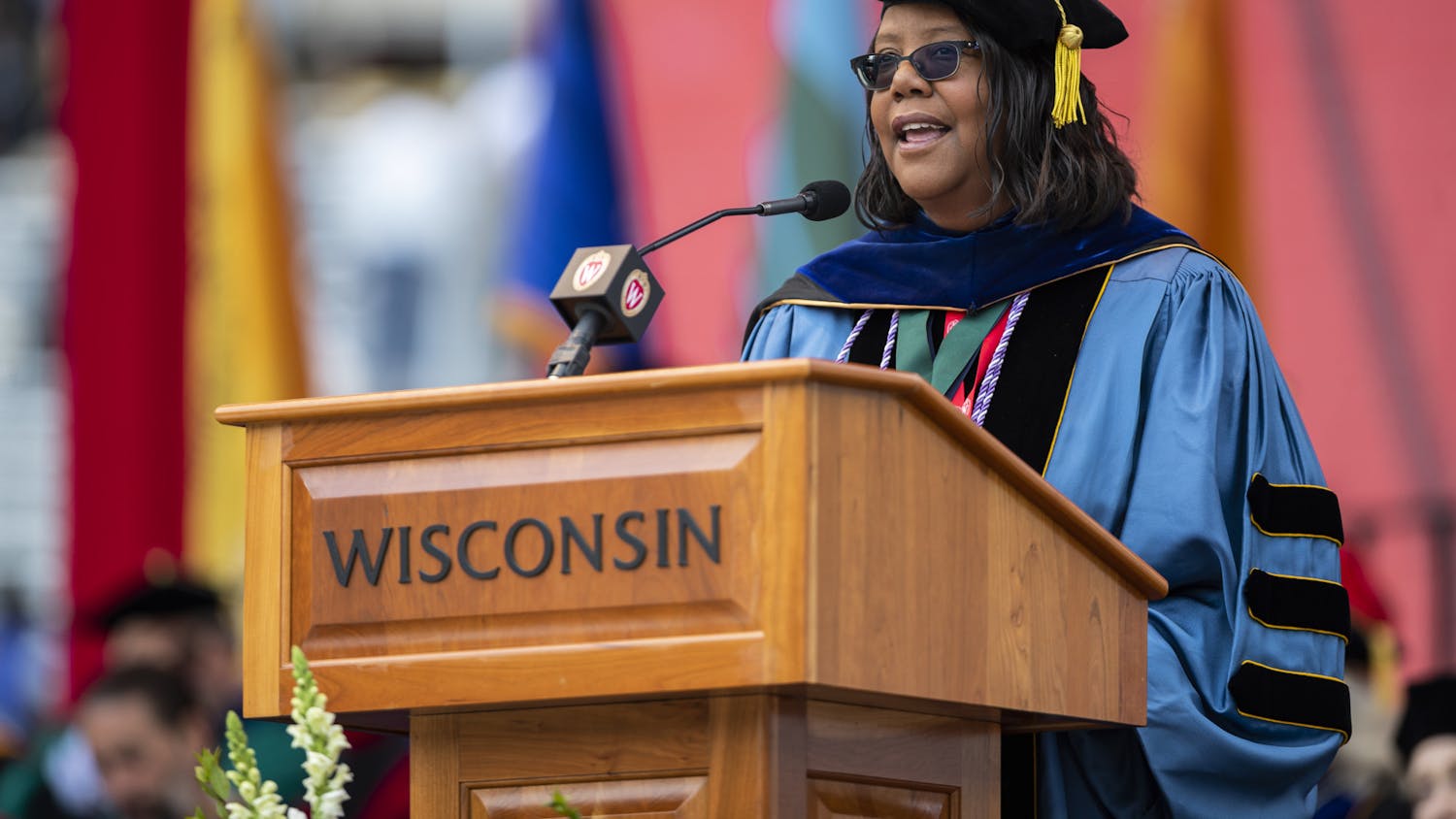Sitting on Lih-Shend Turng's desk are a non-descript, whitish-gray plastic plate and bowl set. Almost artistically opaque, foamy swirls curl around the bowl's curves. Upon closer examination, this plasticware has heft and rigidity that could definitely stand up to Aunt Linda's baked beans.
Unlike traditional picnic paraphernalia, this particular plateware is made from plants.
Growing concern over waste accumulation in landfills and increasing fossil fuel prices have increased both scientific and commercial interest in developing biodegradable plastics. At 120 kilograms per year, today's total volume of plastics produced worldwide has surpassed that of steel, copper and aluminum combined. According to Turng, a UW-Madison professor of industrial engineering, part of the problem is that ""we've done such a great job of making them so good they never disappear.""
Plastics made from renewable biological sources, like corn and soy, can ""degrade in as little as 47 days in ideal conditions,"" explained Adam Kramschuster, a graduate student in mechanical engineering working on bioplastic development.
Unlike traditional plastics, bioplastics actually balance the carbon dioxide cycle. The biopolymer components come from plants, which naturally absorb carbon dioxide from the atmosphere.
""A lot of plastics are made for a one-time use, and in the end they get thrown away, occupy a landfill or get incinerated and release carbon dioxide and toxic gases,"" Turng said.
Bioplastics have been used for select applications for the past 50 or so years, but Turng said his team currently is focusing on ""processing: modifying biopolymers so they become more stable, stronger and are tailored for certain applications.""
Qualities like tensile strength, heat resistance, uniformity and lightness are all important for commercial development.
Kramschuster is experimenting with using everything from different fillers from recycled paper bag fibers to nanoclays (a particlar kind of clay that is very fine at the molecular level) to enhance the material strength of bioplastics. Fillers, as they are called, are materials that are injected into the plastic to reinforce its strength and cut material costs.
""Some plastics you use, you may not know it, but are filled with glass fibers,"" Kramschuster said. These plastics contain ""anywhere from 20 to 40 weight percent glass fibers, on a micro scale—which is what we're doing with nanoparticles, but on a one-to-five weight percent.""
Adjusting his computer monitor, Turng pulls up a highly magnified computer image of the biopolymers. Squiggly lines that look like swimming sea worms interspersed with tiny specks fill the screen: nanoparticles. These nanoclays, tiny platelets only a few hundred nanometers in diameter, come piled together like a stack of pancakes and are then dispersed amongst the plastic polymer molecules in effort to improve strength.
The research team is also developing the use of another filler: bubbles, which are slightly bigger than nanoclays. Using a technique called ""foaming,"" the scientists inject dense bubbles into molten plastic trapped in a steel mold. When evenly dispersed, the bubbles help the plastic cool uniformly, minimizing warping and making it lighter and stronger.
While much of their work focuses on making these biodegradable plastics stronger, some applications actually take advantage of the biopolymers vulnerability to decay. For example, Kramchuster is working on developing a biopolymer blend to produce a porous structure similar to human bone. Placed on top of a fractured bone, this composite degrades at the same rate tissues and muscles re-grow, making a second surgery to remove screws unnecessary.
""We are trying to tailor or modify the properties of biopolymer composites and make use of its biodegradability,"" Turng said. ""It makes more sense to leverage the property, don't try to change the nature of physics.""





